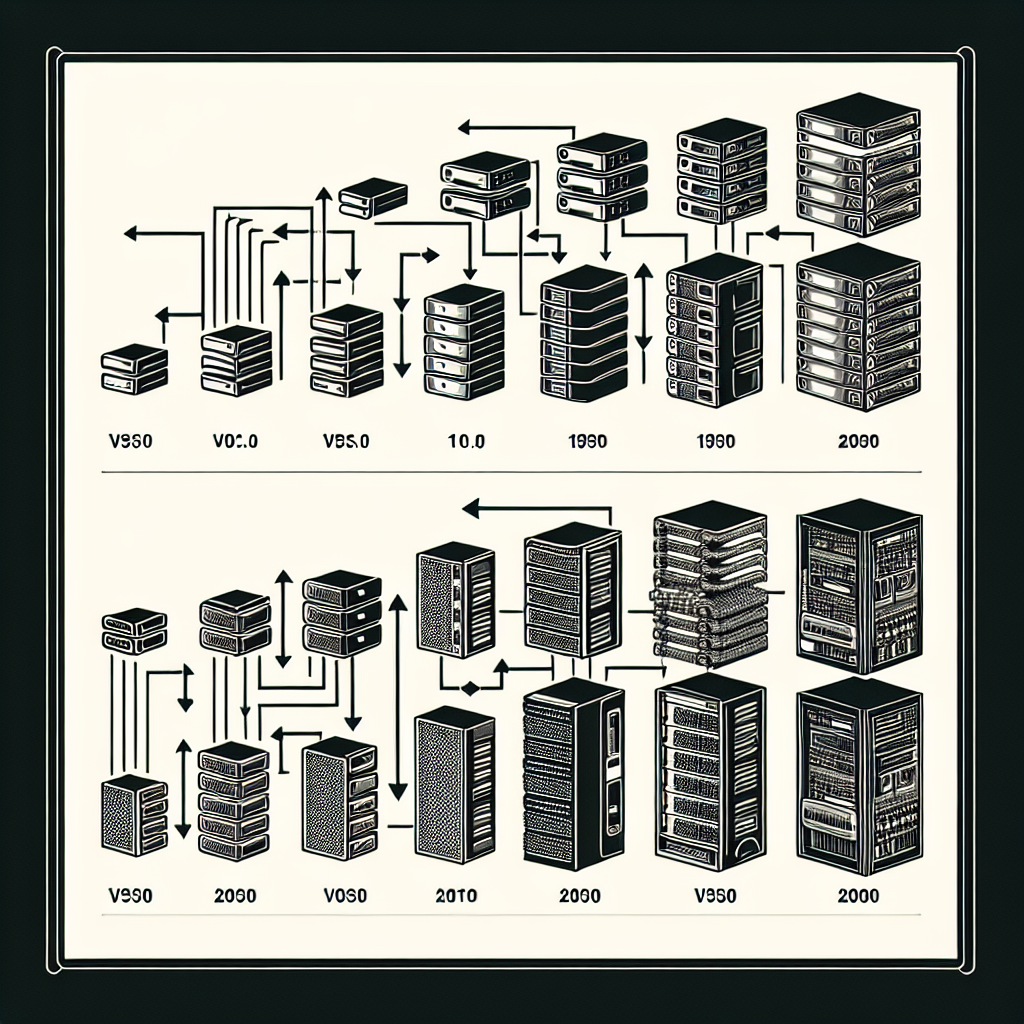PCIe, or Peripheral Component Interconnect Express, is a high-speed serial computer expansion bus standard that has undergone significant evolution since its inception. From its initial release as PCIe 1.0 in 2003 to the latest iteration, PCIe 5.0, the technology has continued to advance to meet the increasing demands of modern computing systems.
PCIe 1.0 was introduced with a data transfer rate of 2.5 gigatransfers per second (GT/s) per lane. It featured a data transfer rate of 250 megabytes per second (MB/s) in each direction, allowing for a total bandwidth of 500 MB/s in each direction for a single lane. This standard provided a significant improvement over its predecessor, PCI, by offering higher data transfer speeds and increased efficiency.
In 2007, PCIe 2.0 was released, doubling the data transfer rate to 5 GT/s per lane. This increased the total bandwidth to 1 GB/s in each direction for a single lane, effectively doubling the performance of PCIe 1.0. PCIe 2.0 also introduced enhancements such as dynamic link speed management and improved power efficiency.
PCIe 3.0 was launched in 2010, further doubling the data transfer rate to 8 GT/s per lane. This standard offered a total bandwidth of 1.969 GB/s in each direction for a single lane, significantly increasing the performance and efficiency of PCIe technology. PCIe 3.0 also introduced advancements such as improved signal integrity and lane margining capabilities.
In 2017, PCIe 4.0 was released with a data transfer rate of 16 GT/s per lane, doubling the performance once again. This standard provided a total bandwidth of 3.938 GB/s in each direction for a single lane, enabling faster data transfer speeds and improved scalability for high-performance computing systems. PCIe 4.0 also introduced features such as lane margining and equalization capabilities for enhanced signal integrity.
The most recent advancement in PCIe technology is PCIe 5.0, which was released in 2019. PCIe 5.0 doubles the data transfer rate to 32 GT/s per lane, offering a total bandwidth of 7.877 GB/s in each direction for a single lane. This standard provides even faster data transfer speeds and increased performance for bandwidth-intensive applications such as artificial intelligence, machine learning, and high-performance computing.
Overall, the evolution of PCIe technology from 1.0 to 5.0 has been marked by significant improvements in data transfer speeds, efficiency, and scalability. With each new iteration, PCIe has continued to push the boundaries of performance to meet the evolving needs of modern computing systems. As technology continues to advance, PCIe is expected to play a crucial role in enabling faster and more efficient data transfer in a wide range of applications.


Leave a Reply